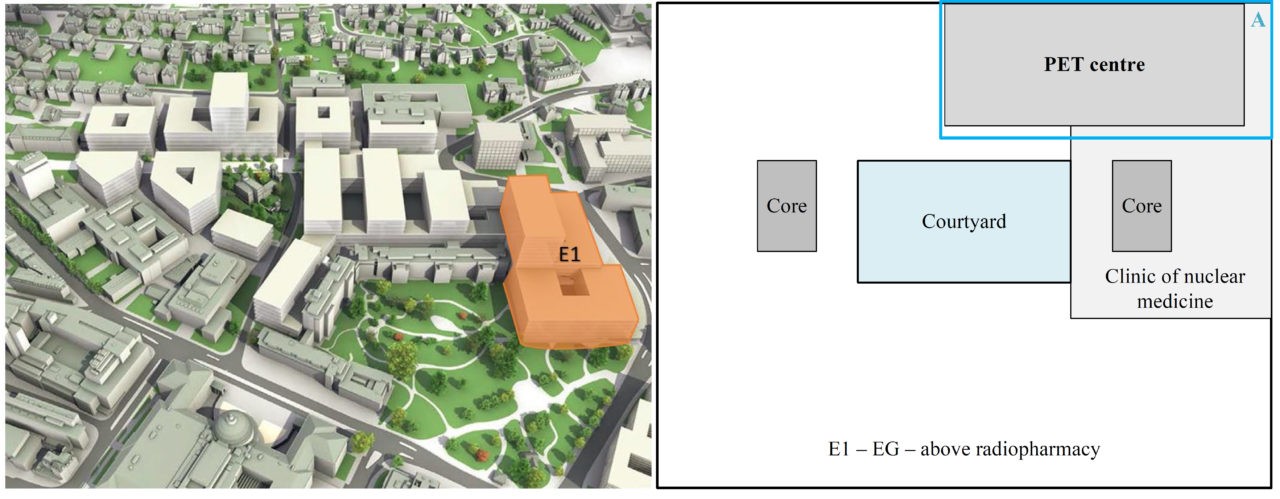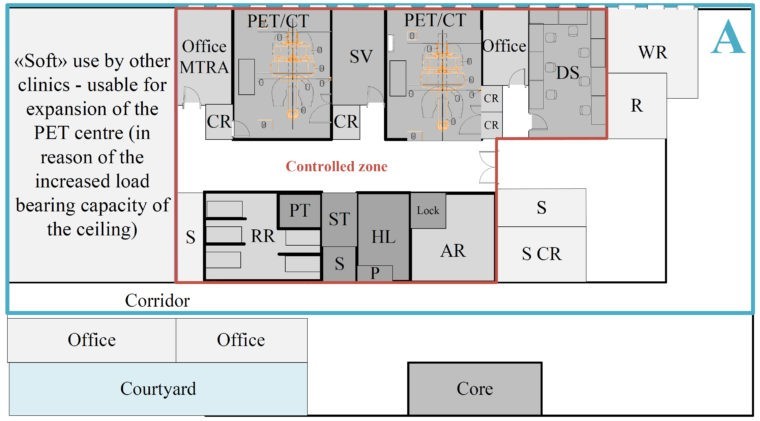
Miriam Esders, Claudio Martani, Bryan T. Adey
2021
Article online on ETH Research Collection
The uncertainty on the future treatments demand, recently evidenced by the COVID-19 pandemic, makes it challenging for hospitals managers to determine the optimal design of new clinics. Flexibility can help in optimally minimizing the service risks when the benefits of the investments justify the costs, considering the dynamism of treatment demand.
In this work the real options process is used to rigorously determine the best design for the new clinic of nuclear medicine of the university hospital of Zurich. The results suggest that when some flexibility is embedded in the initial design, the estimated net benefit over the clinic’s lifetime is 167.18 million CHF, which is 2.2% and 20% higher than the other two fix designs considered. Conclusions are then drawn on the advantages and limitations in using the real option process to optimize the design of a new hospital clinic, and suggestions are outlined for the further development of its use in practice.
Article published in: International Journal of Architecture, Engineering and Construction, Vol 9, No 4, December 2020, 12020021, 1-21
